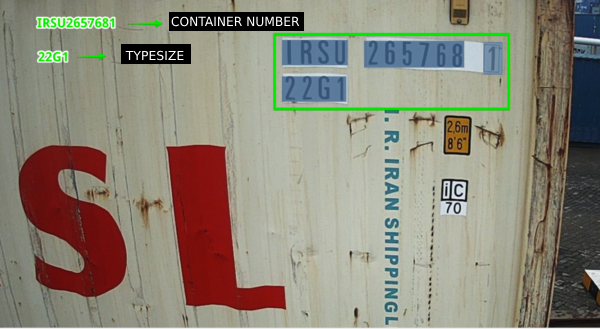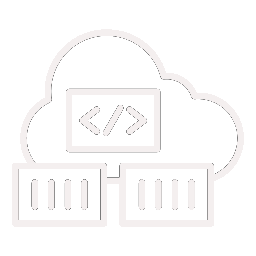
Introduction to OCR in Logistics
OCR technology stands at the forefront of digital transformation in logistics. It simplifies digital document processing by converting images of text into machine-encoded text. This automation is critical for handling vast amounts of container data and documents, such as bills of lading and customs documentation, enhancing efficiency and data accuracy across global supply chains.
OCR Applications in Container Logistics
The application of OCR extends across various facets of container logistics. It plays a pivotal role in container number identification, facilitating swift and accurate tracking of cargo. Moreover, OCR streamlines bill of lading automation and customs documentation processing, minimizing delays and enhancing security and compliance with international trade regulations.
Benefits
Implementing OCR technology yields substantial benefits, including enhanced operational efficiency and a significant reduction in manual errors. It ensures improved data accuracy, which is crucial for logistics planning and execution. By automating repetitive tasks, OCR also enables companies to reallocate resources towards more strategic activities, thereby achieving cost-saving and boosting operational speed.
Future Trends
The future of OCR in logistics is marked by continuous innovation. AI-driven OCR advancements promise even greater accuracy and efficiency, while integration with IoT devices offers new avenues for data collection and analysis. Furthermore, the use of blockchain for secure documentation points towards an era of enhanced security and transparency in container logistics.
